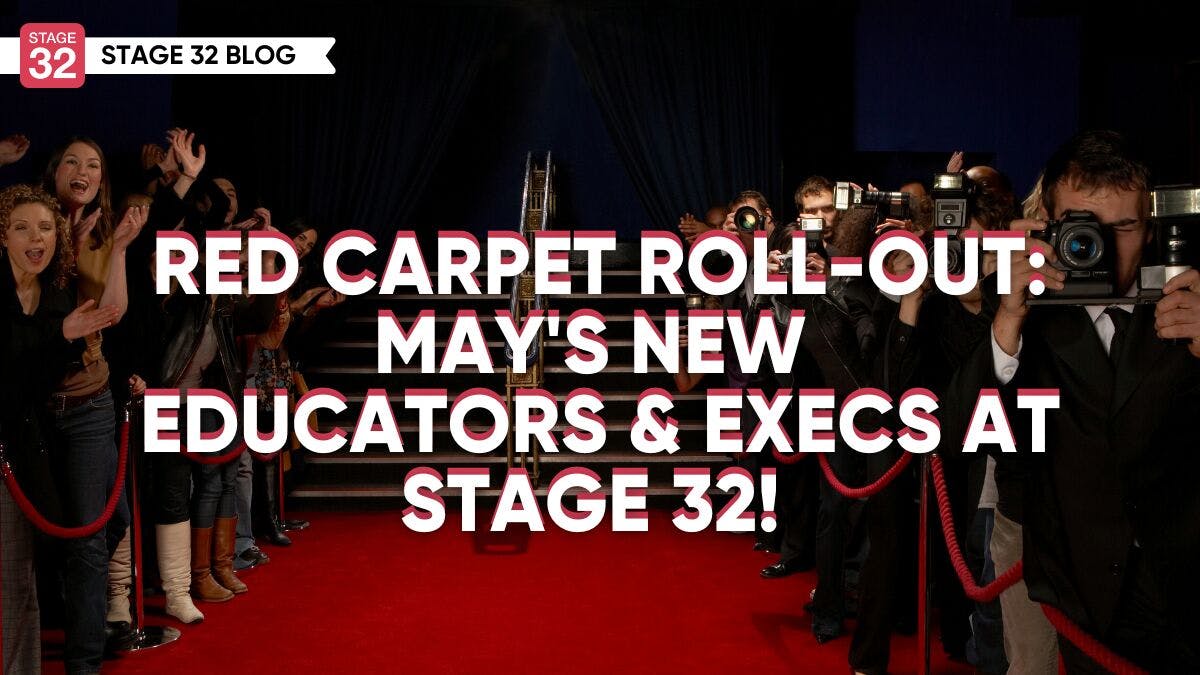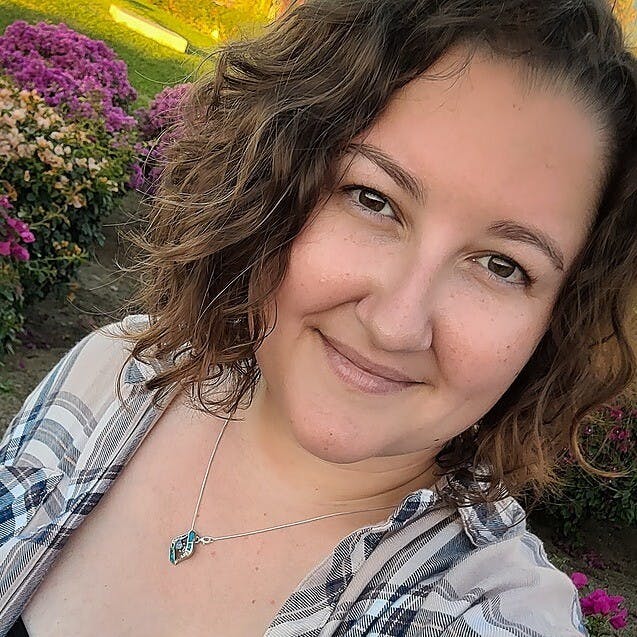6 Key Elements To Ensure Good Story Design For Animation
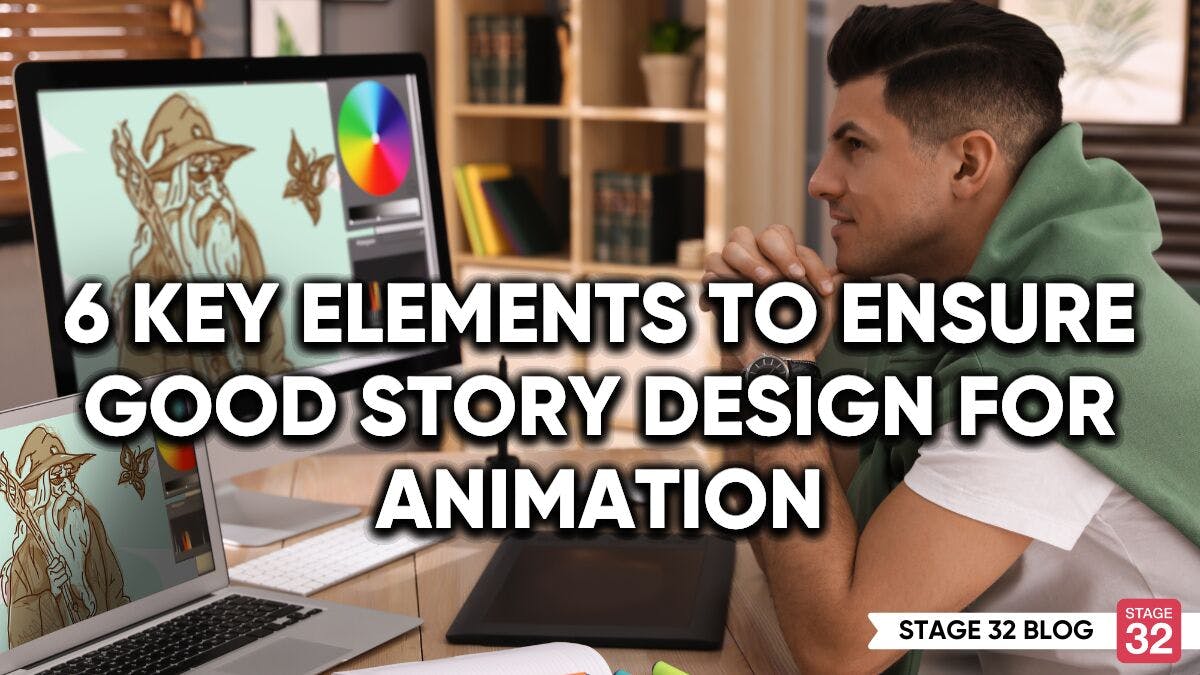
6 Key Elements To Ensure Good Story Design For Animation

Humans are creatures of story. We have that innate desire to tell stories. Animation is one of the most useful means to tell stories.
In what way? Take a look at beautiful, story-driven animated movies that you've probably seen on screen past and present. I'm sure a number of them have come to mind by now.
Many of these animated movies, some we've treasured since we were kids. For some of us, we may have curated a list of the best animated movies and series we've watched.
What makes us cherish animated movies? It may be the characters we connect to or aspire to be like or we just always daydream of living in Hayao Miyazaki's universe. Whatever the case may be, it all boils down to the point of how good the story design of the animated film is.
Animators and story artists here at Stage 32 aspire to create animated movies and TV shows that will one day go big on screen.
How we weave our stories is what matters, and that's when story design comes into play. Don't worry, I've got you covered!
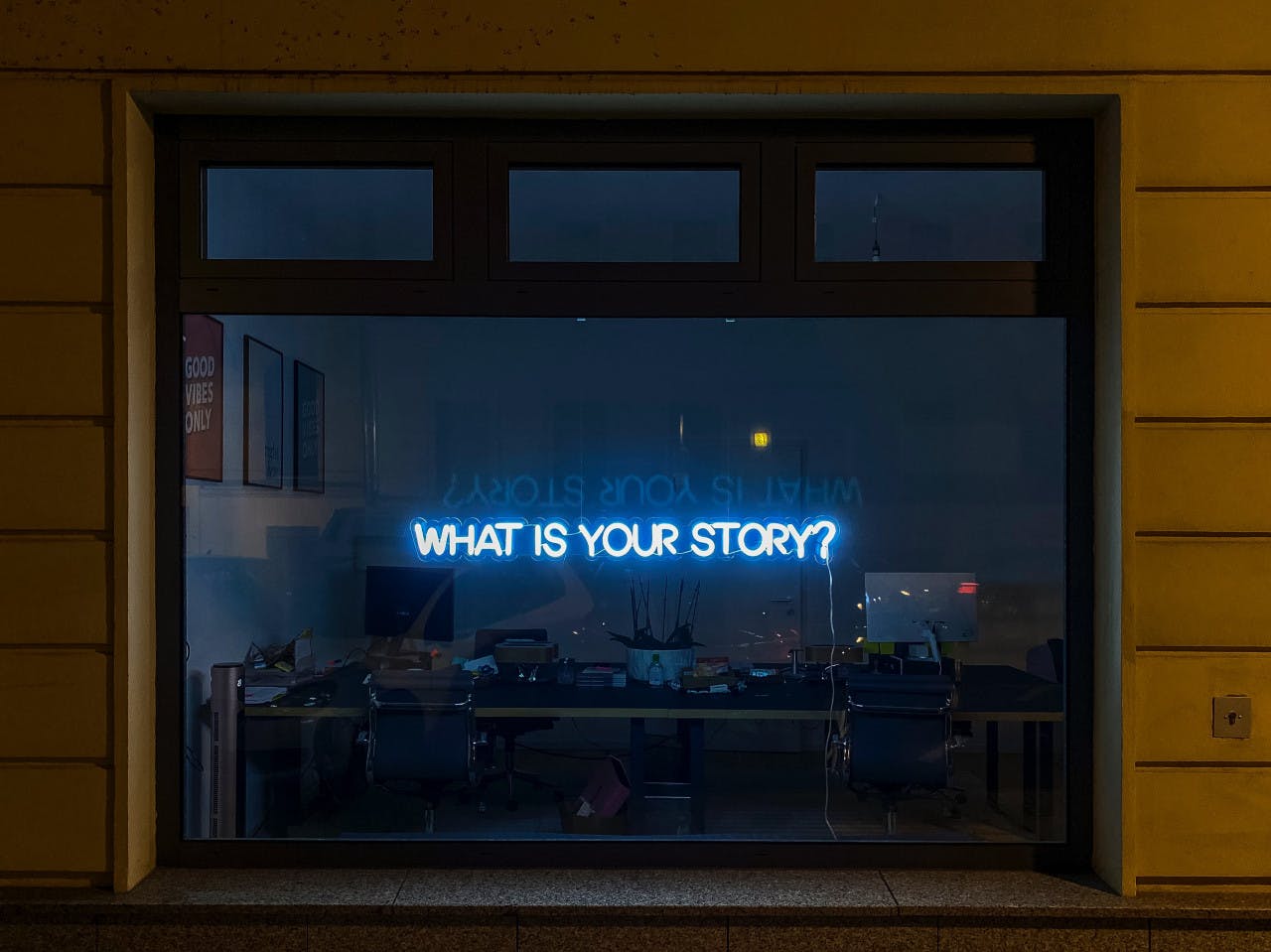
KEY ELEMENTS TO ENSURE A GOOD STORY DESIGN
- Story
- Characters
- Worldbuilding
- Valuing your inspiration
- Research
- Visually engage your audience
1) STORY
There will be no story design, without first of all having a story you want to narrate.
There are two things I want you to keep in mind when creating stories from the start.
- Your Idea and…
- Theme
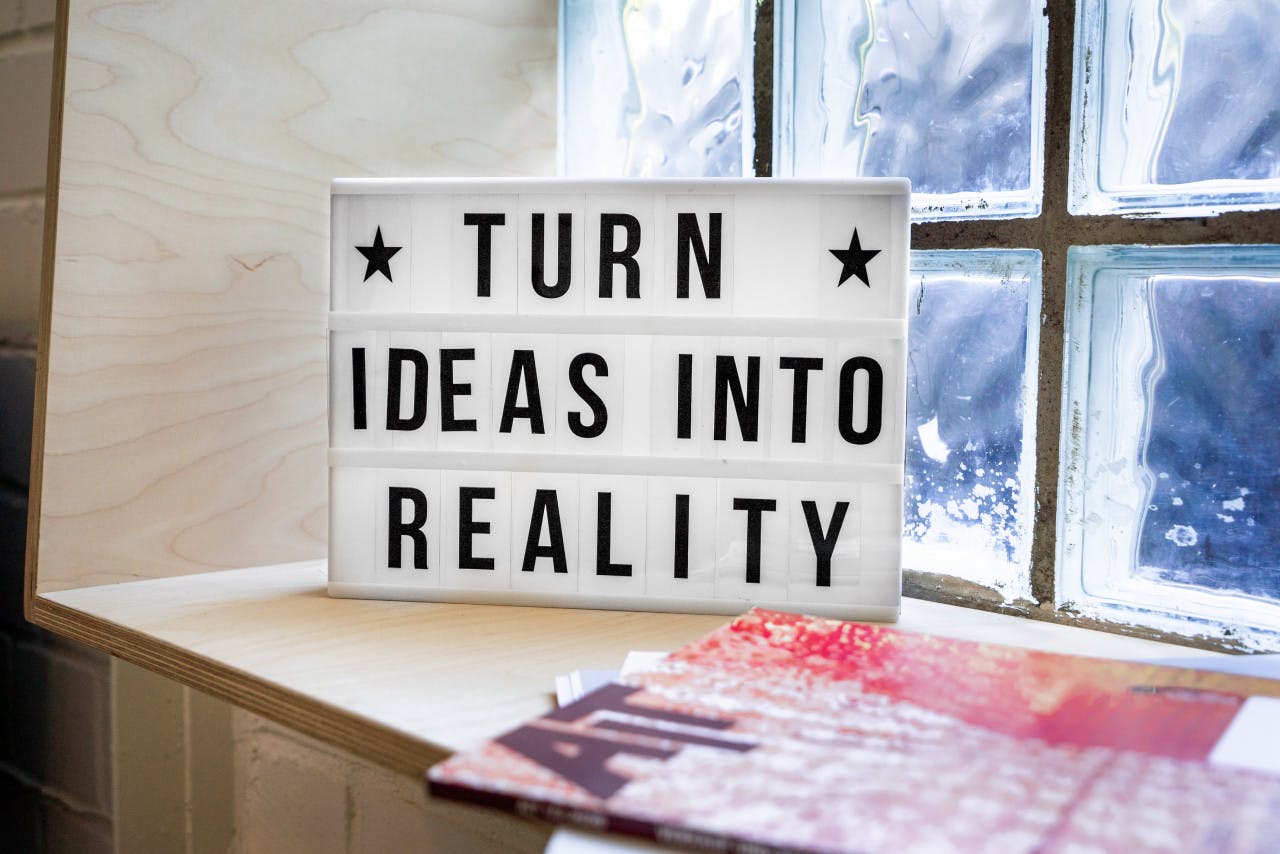
Your Idea
Which stories do you want to tell?
Is it a story of an unspoken myth or legend?
Is it a story about your personal experiences that can be told using animation?
Is it an idea you got from reading a book or walking in nature?
Wherever you got your idea from, that's a good start!
Theme
Are there any philosophical, psychological, or inspiring content you want to depict in your animation?
The beauty of theme is that it goes hand in hand with your story idea. Once you have a theme idea, it will build up your story.
A good example I came across recently, is this anime series known as Jujutsu Kaisen. This seasonal show did well in theme delivery pertaining to concepts of death, psychology, and Buddhism.
For further understanding, your theme can be on how war affects the mental state of humans or what it takes for someone to be who they want to be in life.
I tried to keep this story section as brief as possible. Here are two books I would like you to read for more information on story.
-
Story: Substance, Structure, Style and the Principles of Screenwriting by Robert McKee
-
Pixar Storytelling: Rules for Effective Storytelling Based on Pixar's Greatest Films by Dean Movshovitz
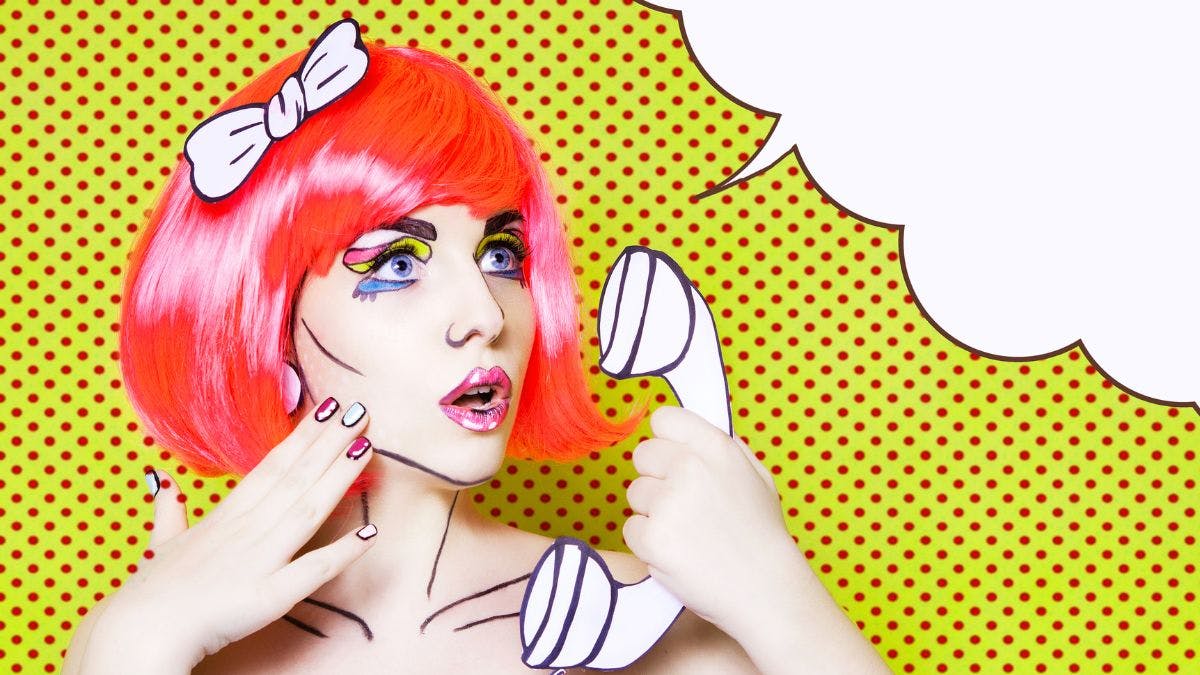
2) CHARACTERS
Now you have an idea, you need characters to push your story forward. What story will make any sense without characters?
Here are a few questions to think about when coming up with characters for your story:-
- What are your characters (hero, supporting characters, and villains) goals and ambitions? And how does it relate to the story?
- What is your Hero journey?
- How will you describe your characters if someone interested in your story asks you about them?
- Are your characters real to you?
- What incident will challenge your character and how will such an incident lead to a more dramatic situation?
- What is your character progression? Are there new skills he develops or what new thing did he learn about himself in their journey?
When you ponder on these questions, you will start getting ideas on how to develop your character.
This also applies to supporting characters of the Hero, Villains as well; that is if you want to tell the story of numerous characters in a single story or film.
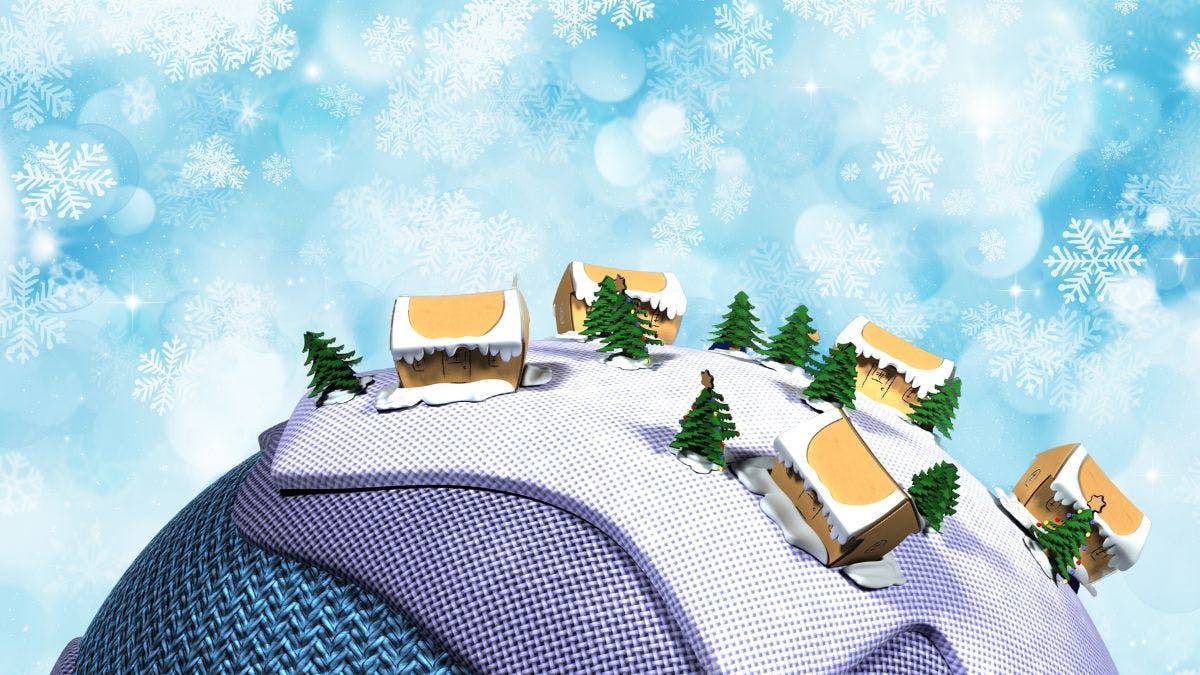
3) WORLD BUILDING
History won't communicate any meaning if we do not know the place or era the historical event took place.
The same goes with story- it won't make any sense if your characters do not have a place to call home or places to go and have a fun and daring adventure.
It's up to us story artists and animators to build and design the world of our characters.
Feel free to travel anywhere your creativity takes you. Technologies concerned with animation, have created magnificent worlds out of the imagination of artists.
Disney did a good job when creating Zootopia world. They created a befitting universe that was tailored to the animals' nature and instincts. When building your worlds, consider how the environment and setting you're creating make an impact on your character and their interactions- this will add beauty and meaning to your story.
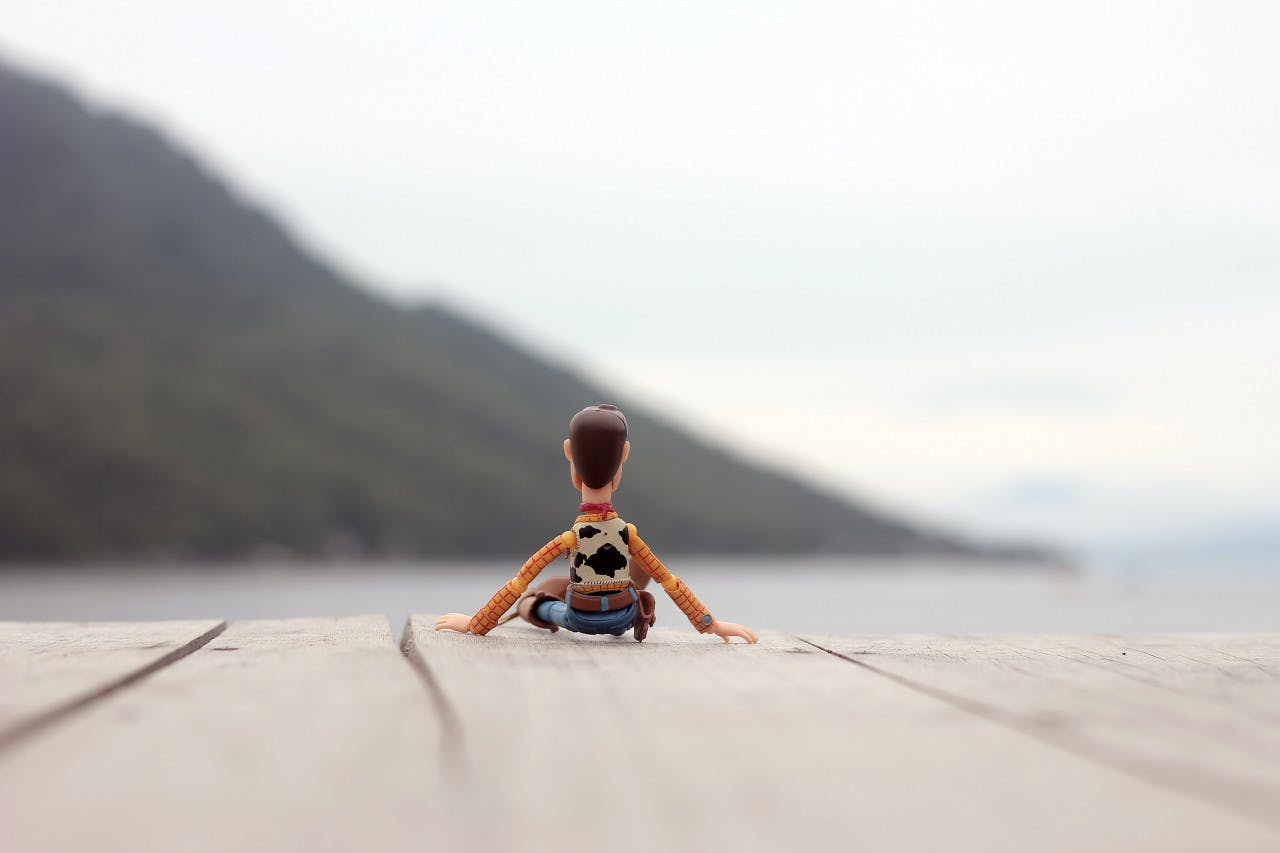
4) VALUE YOUR INSPIRATION
It is our desire as artists to make a bold mark during our life on earth, which is a very good aim. We sometimes forget that most stories we've seen were built or influenced by a story made before.
You don't have to ditch your art books, favorite movies, or TV shows, or avoid learning from people who inspire you all for the sake of not replicating their works.
I understand we should not copy them from head to toe; we can borrow one or two things from various artists and build on them, make them different, and create ours.
Here are quotes I always keep in mind when brainstorming story ideas:-
"Everything that needs to be said has already been said. But, since no one was listening, everything must be said again.- (Andre Gide)
"We are shaped and fashioned by what we love". -( Goethe, German Writer)
"We want you to take from us. We want you at first, to steal from us, because you can't steal. You will take what we give you and you will put it in your own voice. And that's how you begin. And then one day someone will steal from you". - Francis Ford Coppola.
So don't be afraid to get ideas from anywhere especially those things that strike a chord in you or serve as creative boosters to your imagination be it music, paintings, books, poetry, dreams, old movies as well as modern ones, photographs, documentaries, nature, etc.
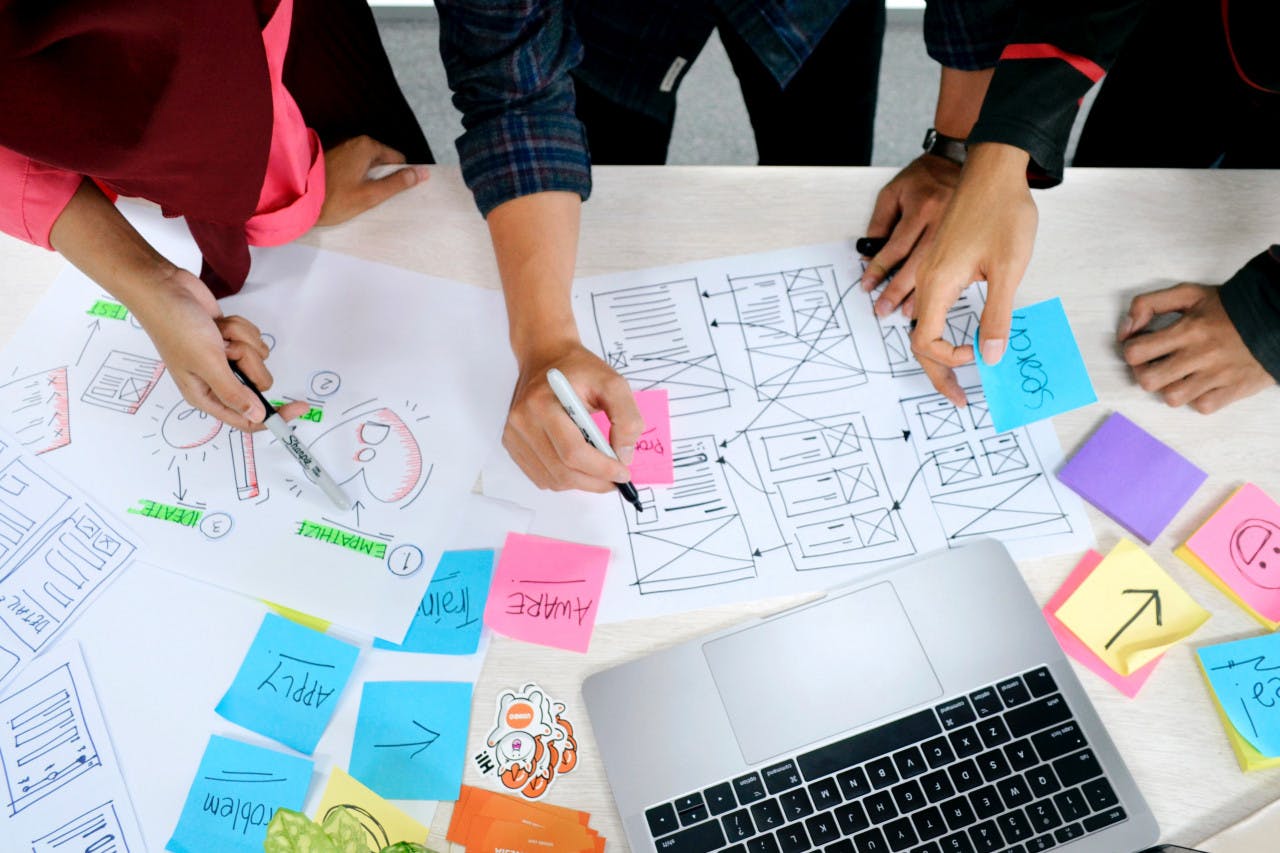
5) RESEARCH
Keep your story idea as honest as possible. Try to research and dig deep into ideas you want to portray or don't have much knowledge about.
Your story should be founded in reality despite it being fiction.
Research personality types when developing your characters.
Research on environment, places, and cultures, you want to include in your story. If you're working as a team you can travel to such places to experience it for yourself and get the feeling of what it means to live in that place.
Dive deep into mythology, science fiction, religions, or themes you want to weave into your story.
If your characters have superpowers do well to research various superpowers and how they can be used and how they affect your character's life. The same goes for weaponry, clothing, articles, and props.
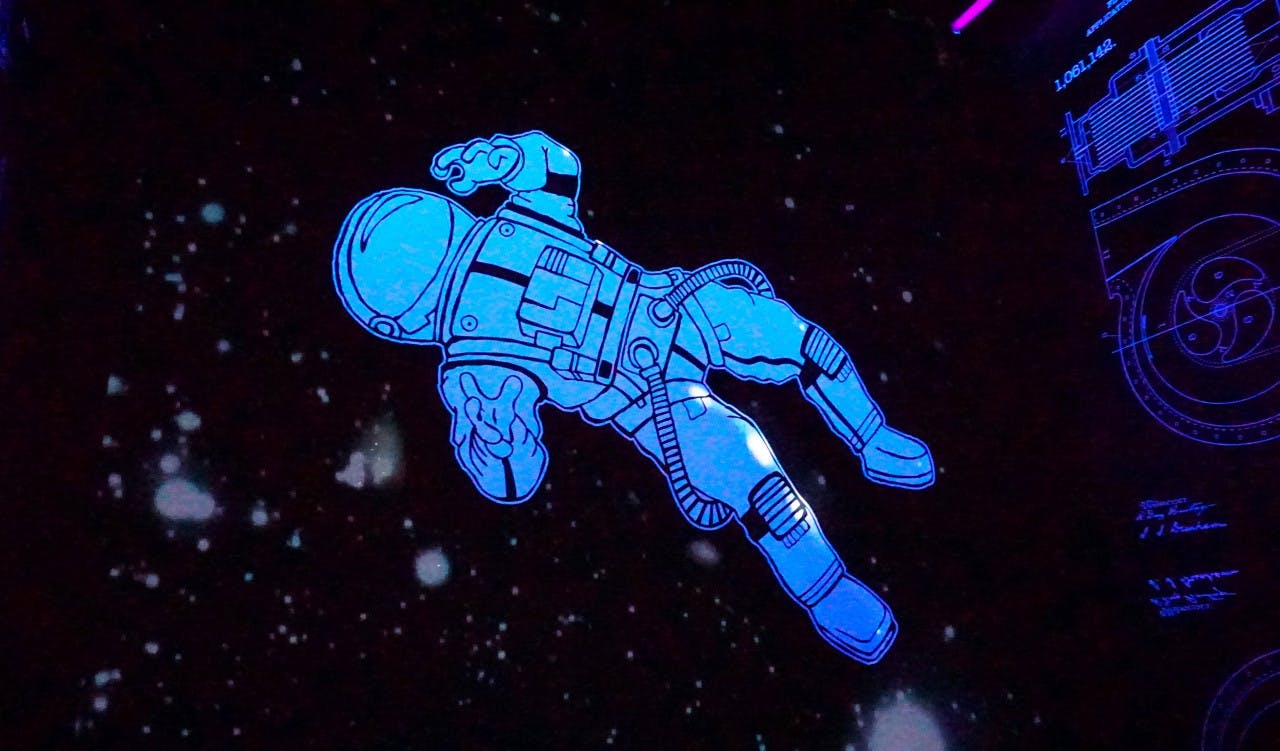
6) VISUALLY ENGAGE YOUR AUDIENCE
You've heard the saying: "Don't judge a book by its cover". It's true and applies in some cases. But to be honest, we won't bother watching a movie if it doesn't grab our attention at first glance. That means you have to create visually stunning imagery for your film.
They're many animated movies that have achieved this feat like Spider-Man: Into the Spider-Verse, Coco, The Garden of Words, Zootopia, etc.
Here are some tips that will help you in doing so:
- Create a visual board:- Collect reference images, and select color schemes that will give your animated film that stunning beauty.
- Stage your scenes effectively:- Storyboard your scenes, and pay attention to the perspective and camera angles of your shots.
- Animate your fight scenes, chase scenes, or any breathtaking event you want to include in your story in a way that will thrill your audience, and don't forget to exaggerate as well. An example I would love you all to check out is the fight scene between Kenny Ackerman and Levi Ackerman of the Attack on Titan series.
- VFX:- Creating effects that rhyme with your story will add to the visual beauty of your animation. If you're going to create explosions, make the effect epic. If you want an ocean wave simulation like in Moana go ahead and take your time. If you also want a character's hair movement to stand out or you want to emphasize how the weather interacts with your character's clothes or fur, yes, go ahead and make it that way. All these effects and simulations adds to the visual prowess of your film. This can also be achieved in 2D animation.
Story design for animation is fun and interesting. Keeping these suggestions in mind, I'm sure you will enjoy the process.
Feel free to chat with me in the comments section below. I'd love to read about your experiences with your story design endeavors.
Let's hear your thoughts in the comments below!
Got an idea for a post? Or have you collaborated with Stage 32 members to create a project? We'd love to hear about it. Email Emily at blog@stage32.com and let's get your post published!
Please help support your fellow Stage 32ers by sharing this on social. Check out the social media buttons at the top to share on Instagram @stage32 , Twitter @stage32 , Facebook @stage32 , and LinkedIn @stage-32 .
About the Author

Eyo Obot
Animator
I'm an individual with the burning desire to share and contribute his visions to the animation industry. I'm currently learning animation using online courses and YouTube videos.
